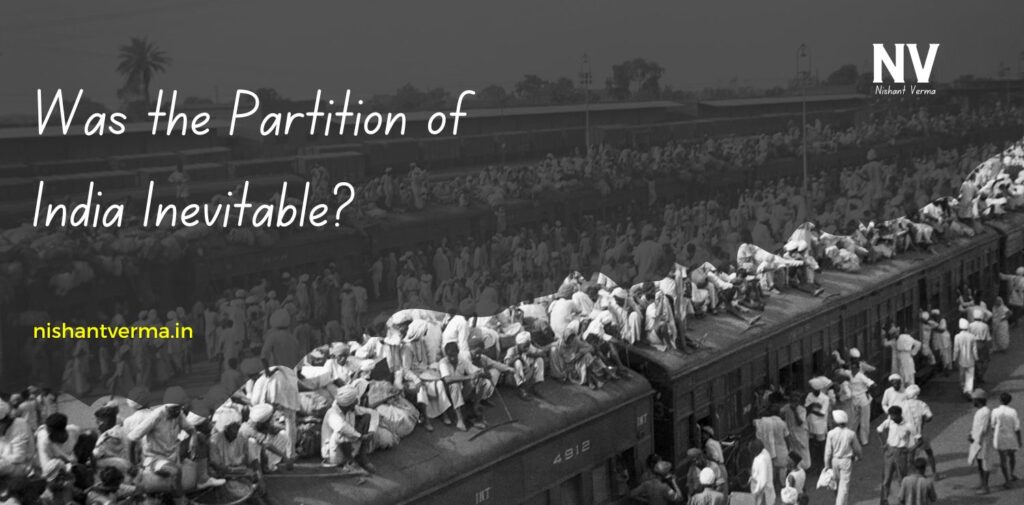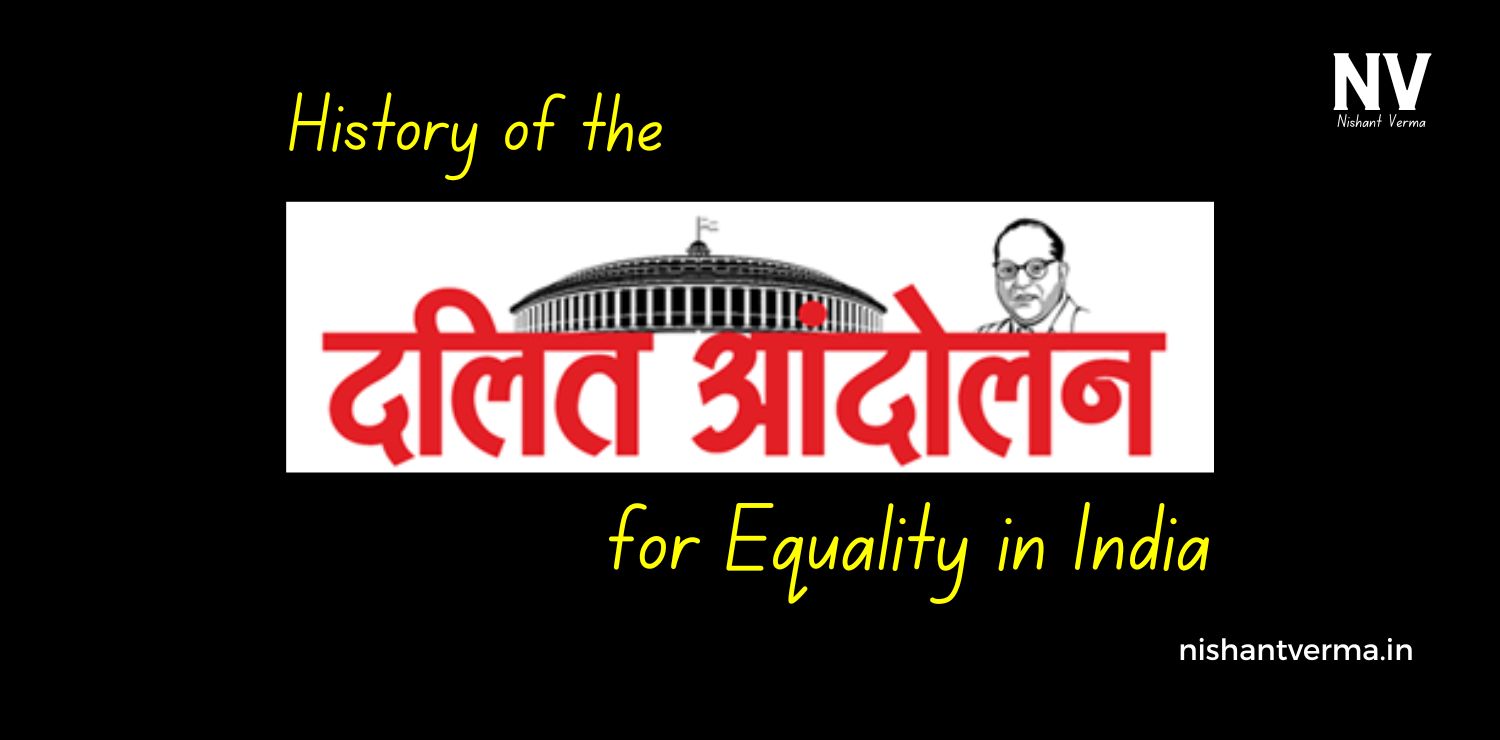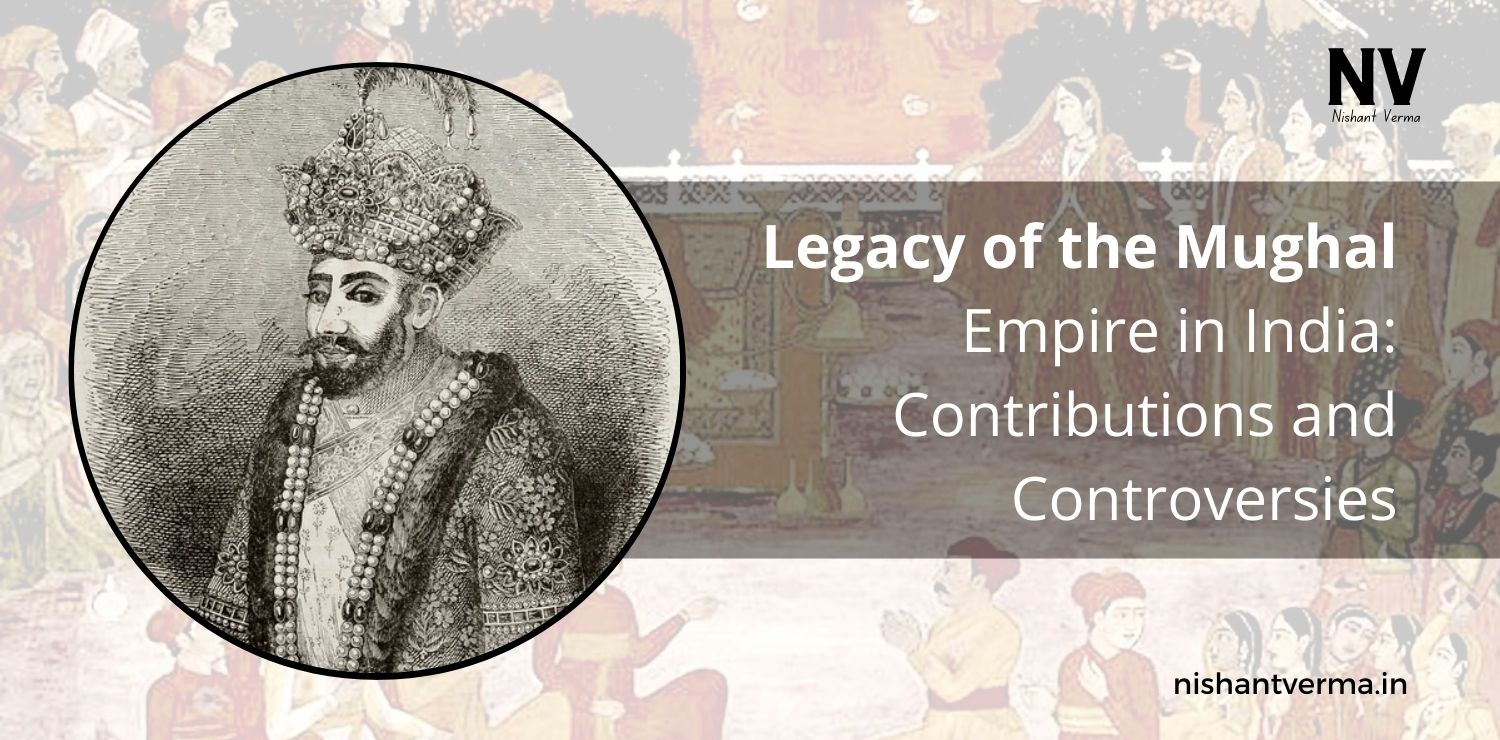The Partition of India in 1947 is one of the most significant events in the history of South Asia. It led to the creation of two independent countries—India and Pakistan—and caused widespread violence, displacement, and loss of lives. The question of whether the partition was inevitable has been debated by historians, politicians, and scholars for decades. Was it bound to happen because of deep-rooted divisions between Hindus and Muslims? Or was it the result of political decisions, failures, and missed opportunities?
To understand whether the partition of India was inevitable, we need to explore several factors that led to the division. These factors include religious, social, and political differences, as well as the role of British colonial rule and the events leading up to independence. We will also examine the people and organizations involved, and the impact of the partition on the Indian subcontinent.
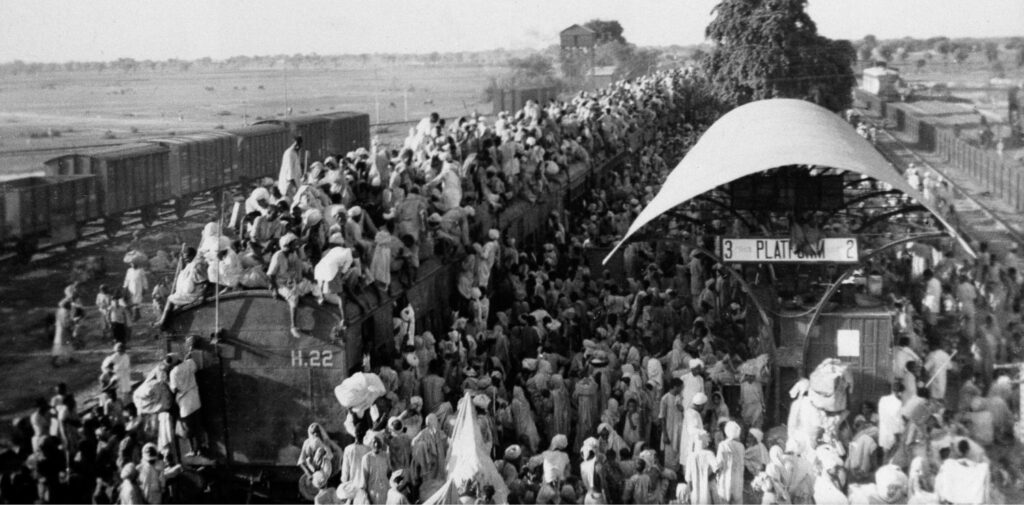
Religious and Cultural Differences
One of the main reasons often cited for the partition of India is the deep religious divide between Hindus and Muslims. The British colonial rule in India, over several centuries, played a significant role in making religion a central part of Indian politics. Before the arrival of the British, India was a land of diverse cultures, languages, and religions. People of different faiths, including Hindus, Muslims, Sikhs, and others, lived together in relative harmony in many parts of India. While religious tensions did exist in some regions, these differences were not as pronounced as they would later become.
However, British policies, such as “divide and rule,” made religion a defining factor in India’s social and political life. The British government created separate electorates for Hindus and Muslims in the early 20th century. This meant that Hindus and Muslims voted separately for their representatives, which helped to sharpen religious identities. The British also encouraged separate religious identity through laws and policies, which created an atmosphere of suspicion and fear between different communities.
By the early 20th century, there was growing concern among Muslims that they would be politically marginalized in a Hindu-majority independent India. This fear was not without reason, as many Hindu leaders, including those in the Indian National Congress (INC), were vocal about making India a Hindu-majority country. On the other hand, Muslims felt they needed a separate political identity to protect their cultural, religious, and political rights.

Role of the British Colonial Government
The British played a crucial role in shaping the future of India during the period leading up to independence. By the mid-20th century, Britain was exhausted by World War II and facing increasing pressure to leave India. The British had ruled India for almost 200 years and had reaped immense wealth and resources from the country. However, by the 1940s, the British were no longer in a position to maintain their control over India due to growing demands for independence and the strains of the Second World War.
The British government, under Prime Minister Clement Attlee, decided that it would leave India and grant independence. However, the question was whether India would be one unified nation or whether it would be divided into two or more separate states. The British saw the religious tensions between Hindus and Muslims, and the growing political demands of the Muslim League for a separate state, as an obstacle to a peaceful transfer of power. Instead of trying to reconcile these differences, the British government decided to divide India into two countries: India and Pakistan.
In 1947, the British decided to leave India and divide it along religious lines, with Pakistan becoming a Muslim-majority state and India remaining a Hindu-majority state. The Partition of India was seen by the British as the easiest way to resolve the tensions, but it also left a legacy of violence, migration, and trauma.
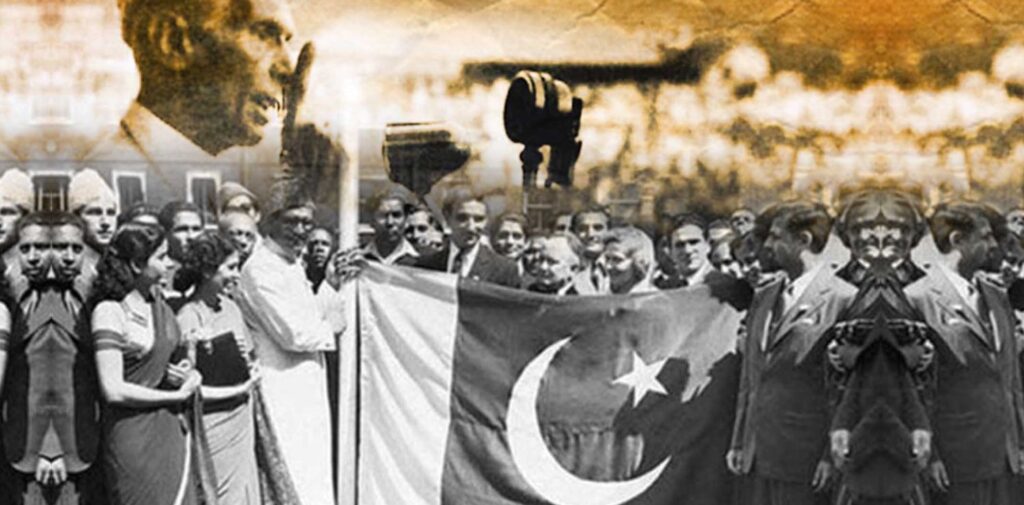
Rise of the Muslim League and the Demand for Pakistan
One of the most important political developments leading to the Partition of India was the rise of the All-India Muslim League, which was founded in 1906. Initially, the Muslim League was focused on protecting the political rights of Muslims within a united India. However, over time, the League began to demand separate political status for Muslims.
The turning point came in the 1930s when the League, under the leadership of Muhammad Ali Jinnah, started advocating for the creation of a separate Muslim state. Jinnah and other Muslim leaders argued that Muslims and Hindus were distinct nations with different cultures, religions, and ways of life, and therefore should have separate countries. This idea became known as the “Two-Nation Theory.”
The Muslim League’s demand for Pakistan gained momentum in the 1940s, especially after the 1946 elections, in which the Muslim League won a significant number of seats in Muslim-majority areas. This gave the League a strong political mandate to push for the creation of Pakistan. Jinnah’s leadership and the League’s success in mobilizing Muslims across India were key factors in the growing demand for a separate Muslim state.
The Indian National Congress, which had led the freedom movement against British colonial rule, was unable to prevent the divisions between Hindus and Muslims. The Congress, led by leaders like Jawaharlal Nehru and Mahatma Gandhi, was committed to a united, secular India. However, they were unable to convince Muslim leaders that a united India could protect their interests.
Failure of Negotiations and the Role of Leadership
Despite efforts by various political leaders to find a solution, the divide between the Congress and the Muslim League deepened. Several attempts at compromise were made, but these failed to bridge the gap between the two parties.
In 1947, as independence drew closer, the British decided that partition was the only way to ensure a peaceful transfer of power. The Indian National Congress had to accept the division, although many Congress leaders, including Jawaharlal Nehru, were reluctant. They had long dreamed of a unified India. However, they believed that to avoid further bloodshed and conflict, they had no choice but to accept the partition.
Mahatma Gandhi, who had long championed the cause of Hindu-Muslim unity, was devastated by the partition. He tried to prevent it through peaceful means, but his efforts were in vain. Gandhi’s dream of a united India was shattered, and he was left trying to heal the wounds of a divided subcontinent.
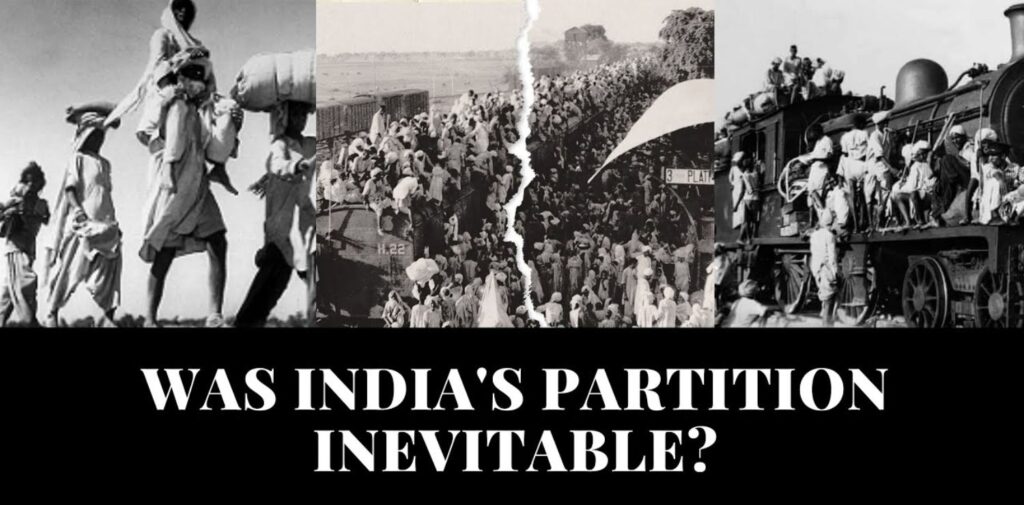
Was the Partition of India Inevitable?
While the Partition of India might seem inevitable in hindsight, it was not the only possible outcome. It was the result of a series of political decisions, religious tensions, and missed opportunities. The division of India was driven by a combination of factors, including the religious divide between Hindus and Muslims, the failure of political negotiations, and the influence of British colonial policies.
The Partition could have been avoided if there had been more efforts to bridge the gap between the Congress and the Muslim League. If the leaders of the Congress had been more inclusive and sensitive to the concerns of Muslims, or if the British had taken a more active role in fostering unity, a different path might have been possible. However, the divisions between Hindus and Muslims were deep, and the political leadership on both sides often failed to see eye-to-eye.
The decision to partition India was taken at a time of great uncertainty and fear. For the Muslim League, the creation of Pakistan seemed the only way to protect the political and religious rights of Muslims. For the Congress, the alternative was to risk civil war and the collapse of the movement for independence.
Conclusion
The Partition of India was a tragic and complex event that left deep scars on the Indian subcontinent. It resulted in the displacement of millions of people, the loss of countless lives, and the creation of two nations that would continue to have strained relations for decades. Whether the partition was inevitable or not is a matter of debate, but it was certainly the result of multiple factors, including religious divisions, political miscalculations, and the failure to find a lasting solution.
The legacy of the partition continues to affect India, Pakistan, and Bangladesh to this day, and it serves as a reminder of the challenges of nation-building, religious tolerance, and political compromise. Although the partition may not have been inevitable, its consequences were deeply felt and remain a part of the history and identity of South Asia.

